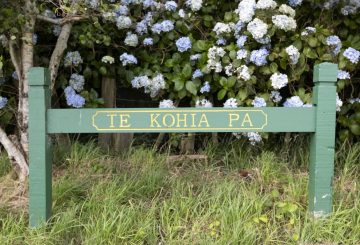ロトルア・レイクス・コミュニティ・ボードからの資金提供とグラス・パッケージング・フォーラムからの助成金のおかげで、ロトマとロトイチの行楽客や住民はガラス瓶や瓶を簡単にリサイクルできるようになります。
ロトルア湖評議会はこれまで、東ロトイティに公共の場でのガラスリサイクル「ビンテーナー」を2つ設置し、修理する予定です。来月には、ロトイティとロトマにさらに3つのゴミ箱を設置する予定です。
これは、ロトルア・レイクス・コミュニティ・ボードからの資金提供とGPFからの6390ドルの助成金のおかげで可能になりました。
ロトルア・レイクス・コミュニティ・ボードのフィル・トーマス委員長は、ビンテーナーを使うことで、住民や行楽客がガラス瓶や瓶を30kmから40km離れたロトルアのリサイクルセンターに持って行かなくても、より簡単にリサイクルできると言います。
「多くの施設で道路脇のゴミやリサイクルサービスが提供されていますが、約250の施設(ほとんどが個人経営のホリデー宿泊施設)では、短期滞在中のゴミ箱や箱の管理が難しいため、ガラスのリサイクルを行っていません。また、この地域を訪れる観光客は、ガラスをリサイクルする場所を知りません」と彼は言います。
「その結果、リサイクル可能なガラスが一般ごみと一緒にたくさん出回っています。
フィル氏によると、このビンテーナーは、居住者や行楽客にとって永続的で効果的な選択肢となるという。
GPFスキームマネージャーのドミニク・サーモン氏は、ガラスを埋め立て地から遠ざけて新しい容器にリサイクルできるようにすることがフォーラムの主な目的であり、ビンテーナーはまさにこれを実現していると言います。
「これらのビンテーナーは、他の多くの分野で非常に成功していることが証明されています。ガラスを簡単にリサイクルできるだけでなく、ガラスを透明、緑、茶色に分類できるため、リサイクル性が非常に高くなります」と彼は言います。
クレジット:sunlive.co.nz




























































